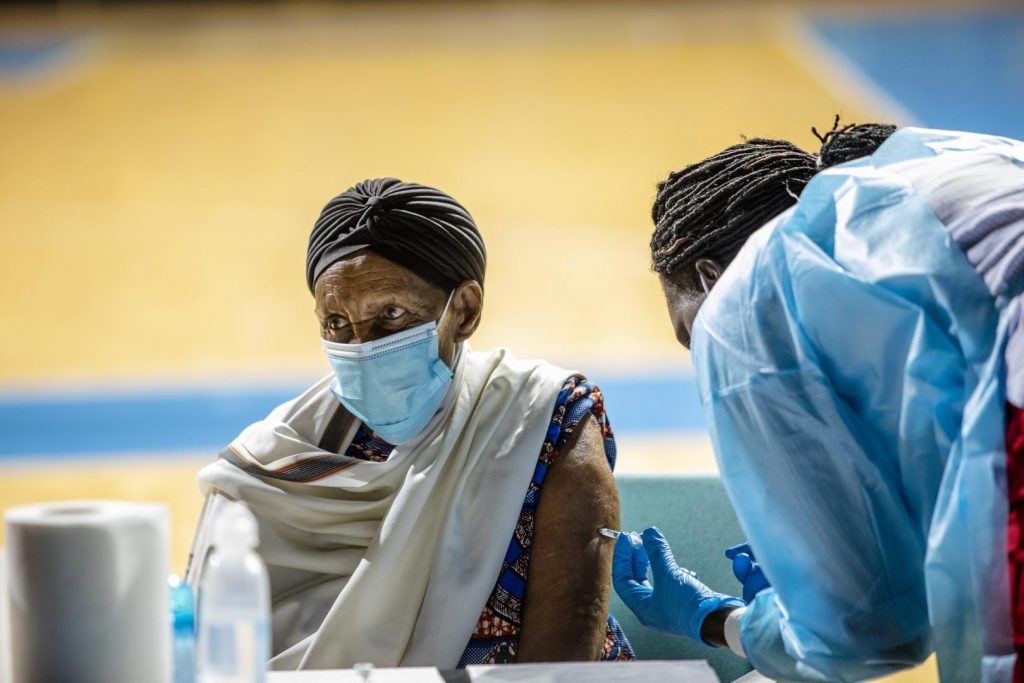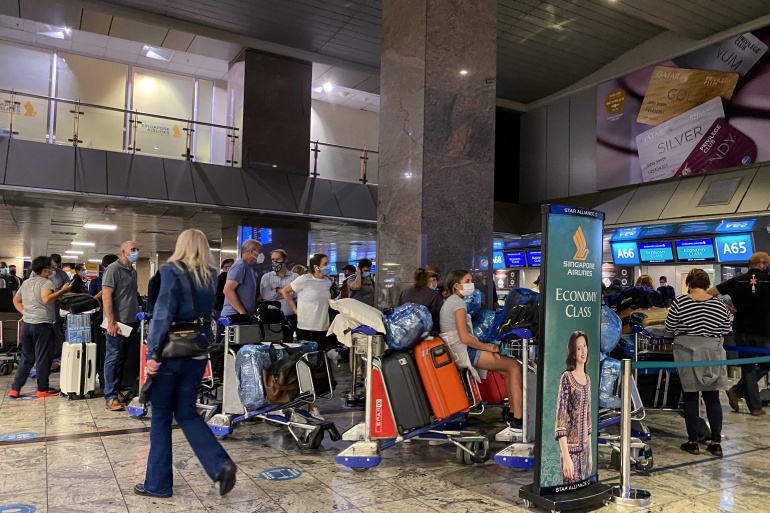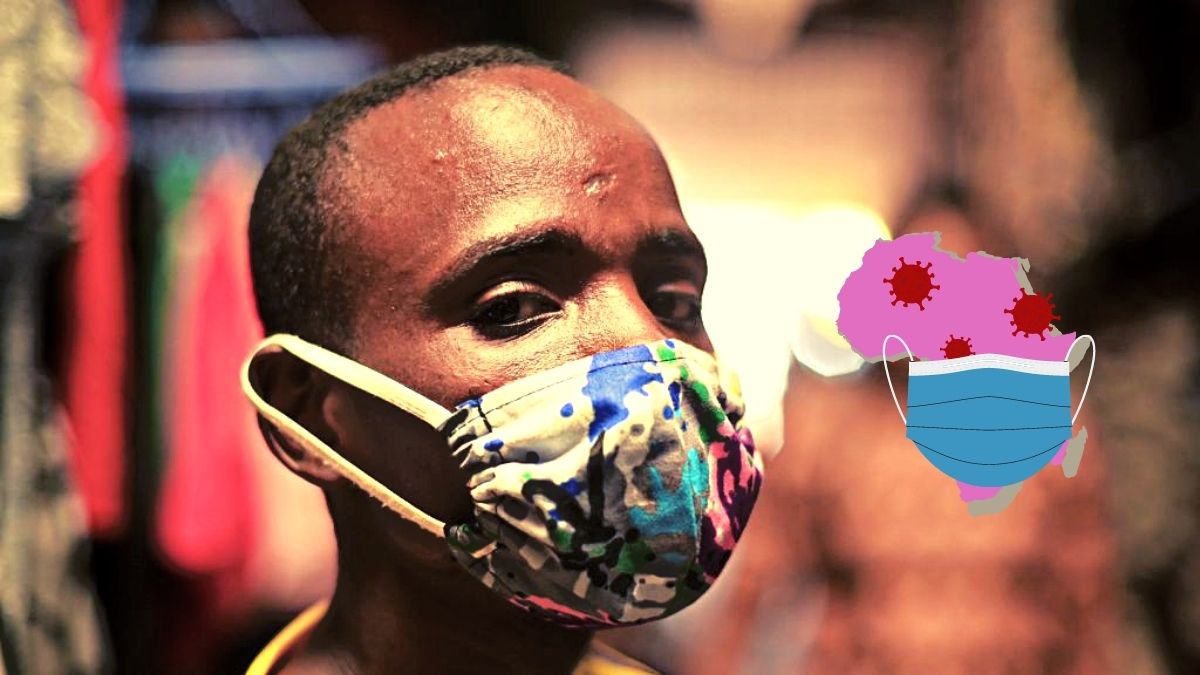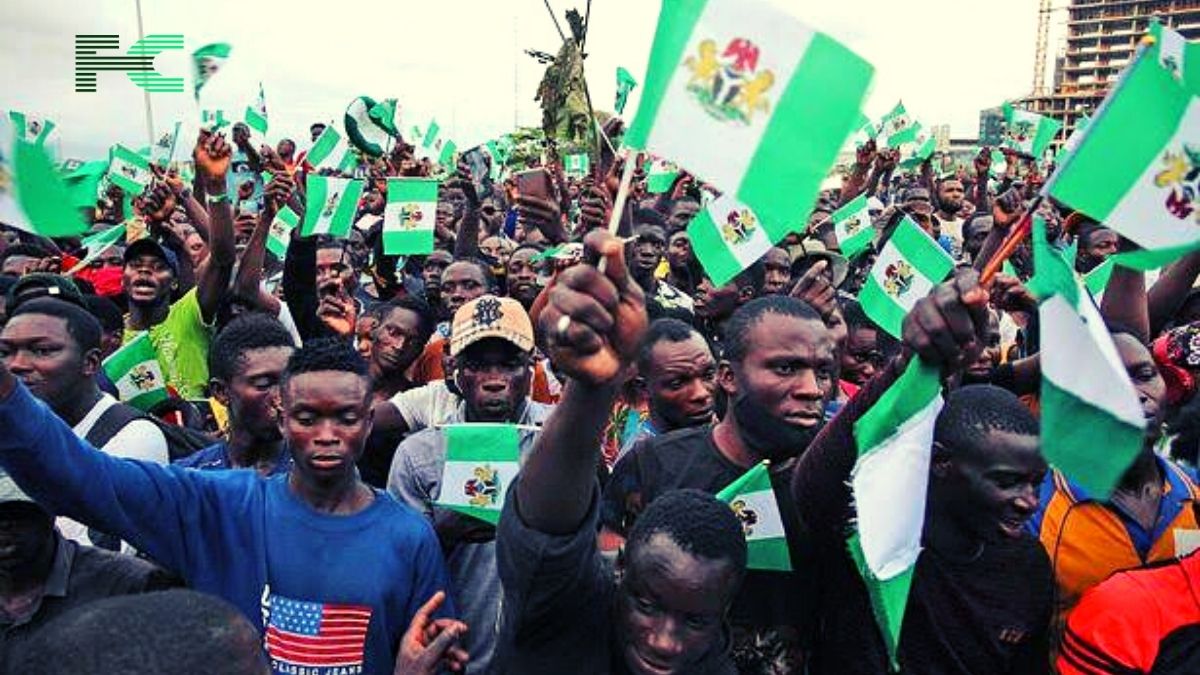The world has been in stagnation since the last quarters of 2019 due to the outbreak of Coronavirus tagged COVID-19 which was first detected in Wuhan, China. The virus which has been ravaging the world for more than 20 months, has made the world pass through many twists and turns, local lockdown, international travel restrictions, a global economic melting down affecting demand and supply, the struggle to find cure and the politics of vaccination after the vaccine manufactured.
By the middle of 2021, economies began to return to the path of recovery, which gave slight hope of better possibilities in the coming new year by the economists. But just few weeks ago, the optimism took a downward slope and the possibility of gloomy future beckons with the reported case of another mutation of the disease in South Africa. The new variant originally known as the B.1.1.529, which according to scientists is highly contagious was codenamed “Omicron”
The development reminds us strongly that the pandemic is far from over. It is now a case of déjà vu because we have been here before, but this time around, the uncertainty is deeper due to the threat of “vaccine escape”; that is, the strain of the virus’ potentiality to evade immunity responses and prove to be resistant to existing vaccines. The only certainty now is that there is uneven balance between the developed world and the African continent.
Around the world, Omicron has sparked a chain of reactions. From Oceania to Asia, Europe to North America, tight travel procedures have been imposed on travellers from certain parts of the world, especially Southern Africa, where the strain was first reported in Botswana, and then later confirmed through genome sequencing by Republic South African scientists.

Unfortunately, the situation has made the western world to stigmatise African continent as the origin of the new variant, thereby making it an African variant. By weekend of 27 November, one country after another, including the United Kingdom and Israel, had banned flights to and from six Southern African countries: South Africa, Namibia, Botswana, Lesotho, Eswatini and Zimbabwe. Israel added Mozambique, and then later banned travel from all foreign countries. By Monday, Indonesia had surprisingly added Nigeria. The U.S. had a list of eight countries. It added Malawi to the existing list of Southern African countries. Paraguay has restricted entry from 10 African countries, and so on.
The only sin of Africa is just for making information available to the global community about the new variant. The attitude of the western countries has only confirmed the actuality of “Afrophobia” by the west, which has drawn attention to the politics of COVID-19 or perhaps the politicisation of the vaccination against the disease and above all, the politics of international public health system. The most laughable aspects of the travel ban is the exception of north part of the continent from the ban as if they are not part of the continent. This can only be possible due to the colour of their skin, as the west see them as their brethren.

It is a good advertisement not just for dichotomy in the international politics, but also the imbalances between the developed world and Africa. Developed countries have been able to vaccinate more than 60 per cent of their populations – 64 per cent in North America, 62 per cent in Europe. They have excess vaccine doses, while a meagre less than 10 percent of Africans are vaccinated.
With the attitude of the west, this is big opportunity to Africa countries to be united and see themselves as one instead of the internal squabbles going on among them. Most people from African countries see one another as rivals. This has really manifested recently on the xenophobic attack against Nigerians living in Republic of South Africa. Also, there should be collaboration between African countries to provide collective solutions to Africa’s problems instead of relying on the west for the solution. This will go a long way to make headway by the continent.














